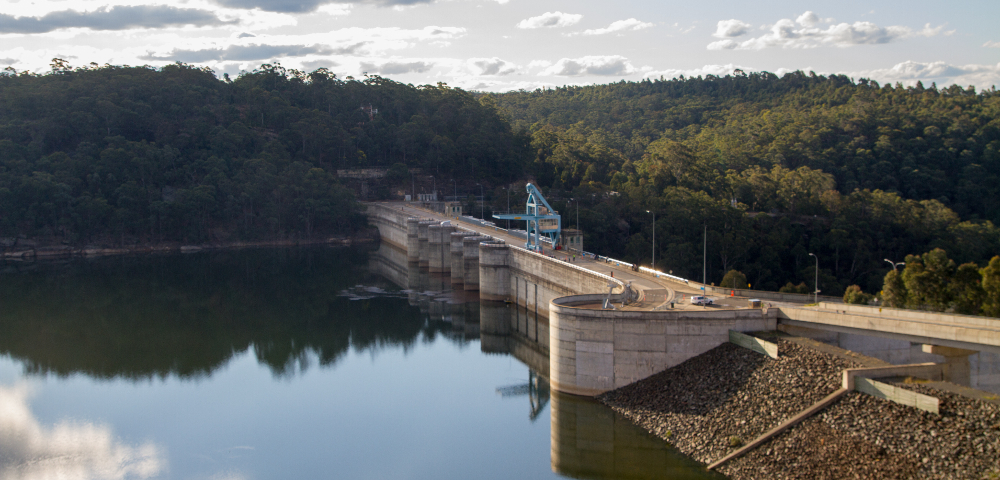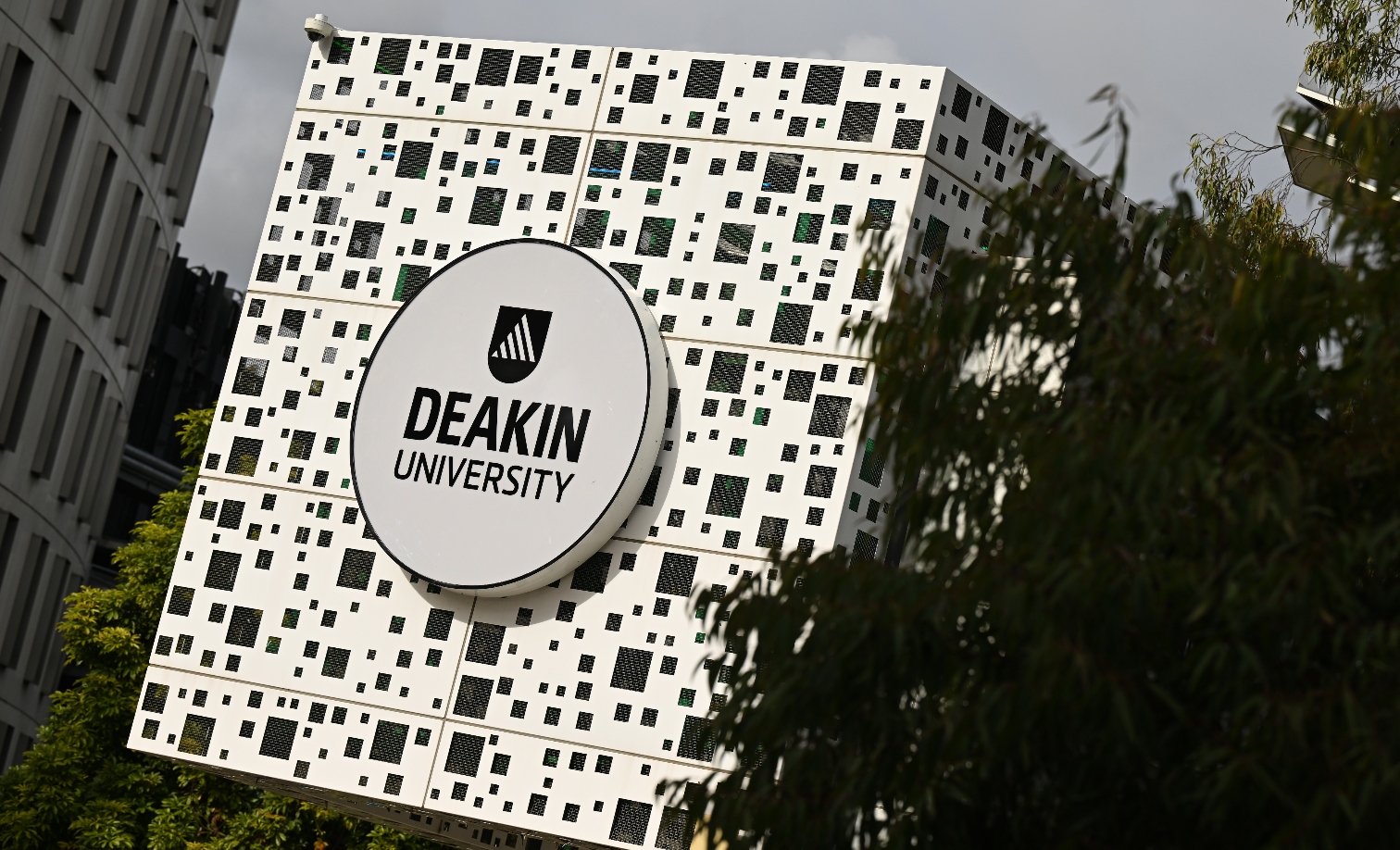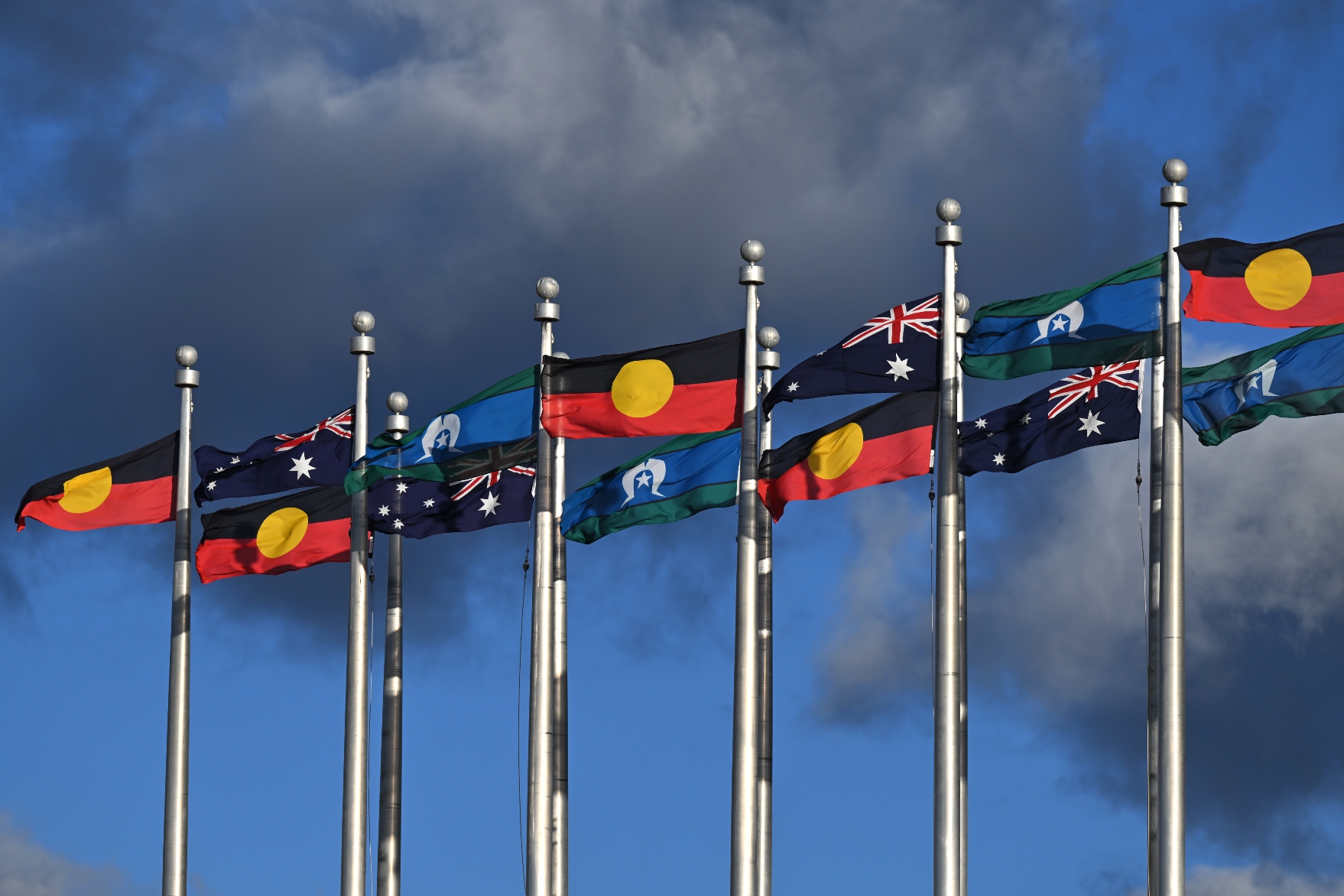

By WILL MCLENNAN
Experts have expressed concerns over the capacity of state infrastructure to meet Sydney’s growing demand for water.
As harsh summer heat approaches with El Nino conditions expected, a state government issued report outlines that the gap between water supply and increased demand, as the city’s population expands, is 250 gigalitres of drinking water per year by 2060. This is equivalent to roughly half of the volume of water in Sydney Harbour.
As a result of this alarming statistic, substitute measures and infrastructure must be introduced to keep up with the rising demand for high quality drinking water.
Published in 2022, the Greater Sydney Water Strategy shows that the city’s water and wastewater systems are already operating at their sustainable limits. Sydney is heavily dependent on rainwater and surface water from dams such as Warragamba, which accounts for 80 percent of Greater Sydney’s water supply, meaning there is an urgent need to find alternative rainwater-independent water sources. The report prioritises green land use planning and a progression towards a circular water economy.
A Sydney Water spokesperson highlighted that the publicly-owned corporation is already finding alternatives to rainwater, stating, “Sydney Water is now supplying more water from the [Sydney] Desalination Plant under new operating rules that came into effect in July this year. This means we have boosted rainfall independent supply by an additional 20,000 million litres of water on average.”
While alternatives, such as desalination plants and treated sewage plants, already in action across Sydney, some have suggested that such measures only have a limited effect and can only service a small section of the city.
Dr Peter Davies, associate professor for Macquarie University told City Hub that “water needs to be valued more” – both its quality and quantity.
Davies said, “One desalination plan that serves only a small part of the city is not enough. More critically, however, is the need for water recycling and reuse schemes. Public gardens, sports fields, golf courses and household toilets should not be permitted to use high quality drinking water.”
“New buildings are being constructed with insufficient water conservation and reuse infrastructure”, he continued.
He said that water scarcity only becomes a debated issue during times of scarcity, even though preventative actions, when dams are full, is the opportune moment to prepare for the future.
“In the Millenium drought the NSW government floated the idea of prohibiting open spaces to be irrigated with drinking quality water. At the time it funded various stormwater harvesting and sewer mining projects. Since then it has more or less gone quiet. Where has this forward thinking and sustainability transitional thinking gone?”
Currently, Sydney’s dams are at 92 percent capacity which means there is sufficient water for the upcoming summer. However, 8.4 percent of NSW is currently in drought including inland areas north of Newcastle and Grafton, as well as Lismore and Bega. Coastal towns are also experiencing increased symptoms of drought.
Dr Davies also commented that Sydney could adapt a water management model similar to Singapore’s.
“Singapore is a good case study where the government permits its residents to access many of the water supply dams for recreation – thus they have a connection and ownership to water as an essential part of life.”
Water Minister Rose Jackson said, “the former government set us on a path that has been hard to wind back. After a decade of neglect and inaction, we are working fast to address these issues and remain committed to meeting our net zero targets.”
“We know our regional communities always bear the brunt of devastating droughts and it is crucial they are given the resources and infrastructure to improve water security at the local level to ensure they can survive dry times.”
If government decision-makers continue to neglect alternative measures, the city may be forced to adopt sustainable measures in a manner similar to western neighbours Perth and southern neighbours Melbourne.
Adopted measures such as recycled water and a desalination plant makes up for 65 percent of all of Melbourne’s water supply while those initiatives account for 39 percent of Perth’s water supply. To a large extent Perth utilises groundwater alongside those management strategies. By comparison, recycled water and desalination plants only make up 11 percent of Sydney’s water supply.









